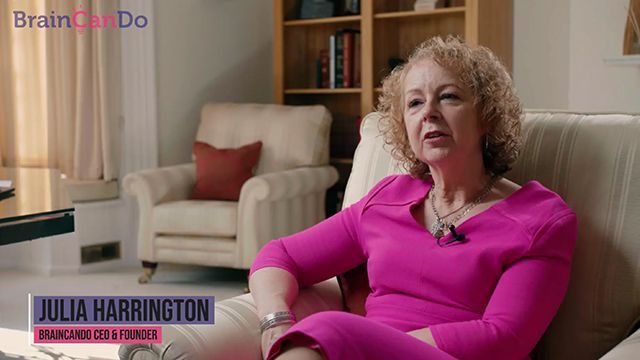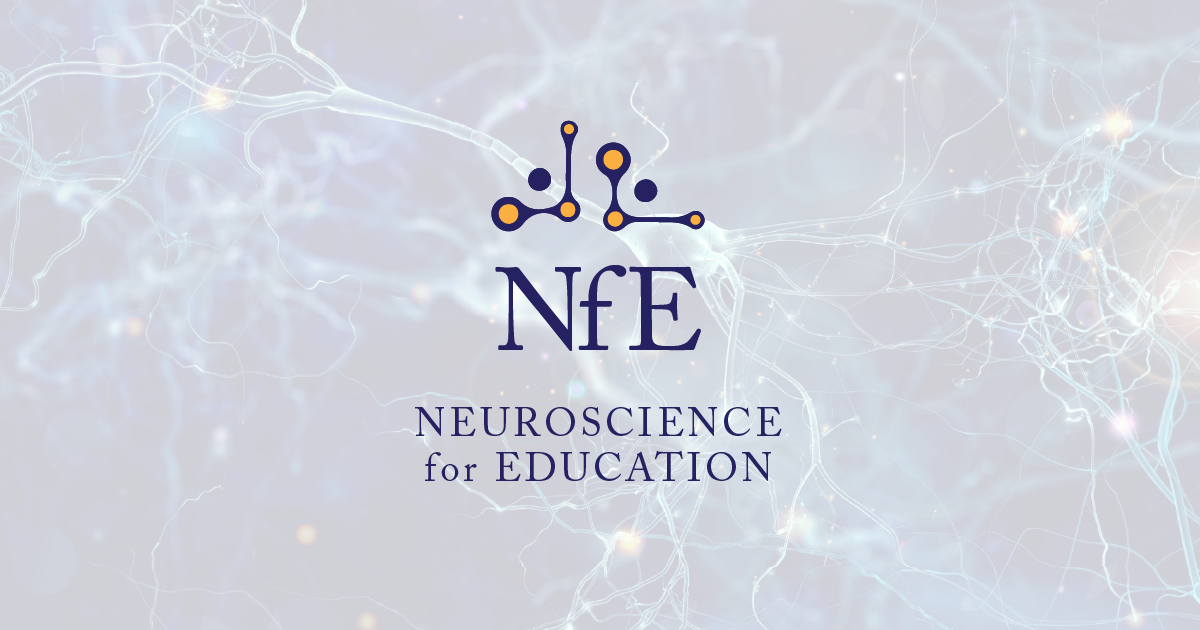AI in Schools: How might it affect learning?
Navigating the Future of AI in Learning
Artificial Intelligence (AI) is transforming education by offering innovative tools for teachers and students, improving administrative efficiency, and personalising learning experiences. However, this integration challenges teachers and their pupils to develop skills to engage critically with AI-generated content.
Benefits for Teachers and Pupils
For teachers, AI reduces the burden of routine tasks such as grading, scheduling, and lesson planning. Automated assessment tools can analyse students’ work quickly, allowing teachers to focus on the human, interactive aspects of teaching, such as providing emotional support and fostering creativity. AI-powered platforms also enable educators to design individualised learning plans. For example, adaptive learning systems can analyse a student’s progress and adjust the difficulty of tasks or suggest resources tailored to their needs. This helps address diverse learning styles and abilities, making education more inclusive.
For pupils, AI expands access to learning opportunities. Intelligent tutoring systems provide personalised guidance and real-time feedback, helping students grasp challenging concepts. Language-learning apps, such as Duolingo, leverage AI to customise lessons and keep students engaged. Additionally, AI tools like text-to-speech and predictive text assist students with disabilities, levelling the playing field.
Ethical Considerations
Despite its potential, AI in schools raises significant ethical concerns. One important ethical issue is bias. AI systems, trained on specific datasets, may inadvertently reinforce stereotypes or disadvantage certain groups of students. For instance, predictive algorithms might unfairly assess students’ potential based on past performance rather than innate ability. Teachers must be aware of the potential for bias and take steps to check whether this has happened, inadvertently, and to rectify it when it does happen. This requires specific critical thinking skills.
AI could also influence the autonomy of learners. Students might be tempted to accept AI outputs uncritically, potentially undermining independent thinking and creativity. Learning how to interact with AI in ways that increase the opportunity to learn and do not stifle creativity will be vital.
Another challenge is the potential for misuse. AI-generated content, such as essays or homework solutions, may encourage academic dishonesty. Students might bypass the learning process by using AI tools to complete assignments, which could undermine their intellectual growth. Finding ways to spot AI-generated content which is being used without thought about the veracity or reliability of the material generated will be an important skill for teachers to develop.
Learning to Critique AI-Generated Material
As AI becomes more pervasive, teachers and students must learn to think differently and critique AI-generated content effectively. This requires teaching critical thinking and digital literacy from an early age. Pupils, and their teachers, need to understand how AI operates, including its strengths, limitations, and biases. For example, they should be able to analyse whether an AI-generated essay is logical, factually accurate, and free from bias. This provides an opportunity for teachers to develop critical thinking skills in their students by providing a real-life and highly important application for critical thinking skills thus helping to motivate students to learn these skills.
Neuroscience Implications
Creating tools to teach critical thinking in an AI world will benefit from a good understanding of the mechanisms in the brain that are required for this skill. Creative thinking is a complex cognitive process requiring many networks in the brain including logical thinking, intuition, selective attention, working and long-term memory, and judgement. By understanding how the brain develops these skills, programmes suited to different developmental stages can be honed.
Some examples of what teachers might do to encourage the critical thinking required include creating activities where students compare AI-generated responses with human-created ones to identify differences in reasoning, tone, and quality. This will help students to learn what aspects can be used to spot AI-generated material. Encouraging questions like, “What data might the AI have been trained on?” or “What perspectives might be missing?” helps cultivate analytical skills. And checking whether statements are based on opinion or evidence can help students to develop a means to critique their sources – whether human- or AI-generated.
By fostering critical engagement, schools can prepare students to navigate a world increasingly shaped by AI. Understanding the neuroscience behind the skills required will be important in this preparation.



